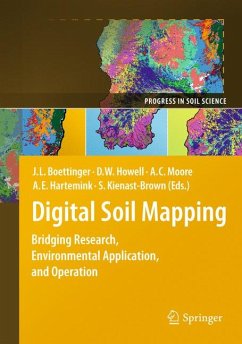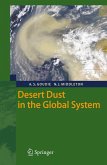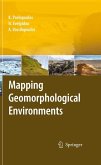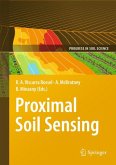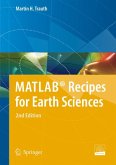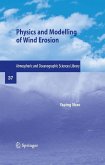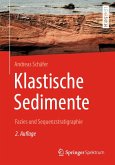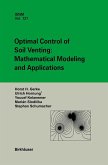Key themes: soil science --digital soil mapping - -soil survey and inventory - -soil information -geographic information systems
Janis Boettinger is Professor of soil science at Utah State University, engaged in digital soil mapping research and outreach.
Alfred E. Hartemink coordinates GlobalSoilMap.net from ISRIC - World Soil Information in The Netherlands.
David Howell, Amanda Moore, and Suzann Kienast-Brown are digital soil mapping practitioners in the USA Soil Survey Program.
Dieser Download kann aus rechtlichen Gründen nur mit Rechnungsadresse in A, B, BG, CY, CZ, D, DK, EW, E, FIN, F, GR, HR, H, IRL, I, LT, L, LR, M, NL, PL, P, R, S, SLO, SK ausgeliefert werden.
"The book targets digital soil-mapping researchers and practitioners as it presents the most modern and advanced mapping techniques, and examines various approaches to digital soil mapping that span from its research and production to its environmental applications. The chapters are based upon papers of the Third Global Workshop on Digital Soil Mapping (DSM) that took place in Logan, Utah, USA in 2008, and explore this workshop's theme, Digital soil mapping: bridging research, production, and environmental application." (Anne Schucknecht, Environmental Earth Sciences, Vol. 62, 2011)

